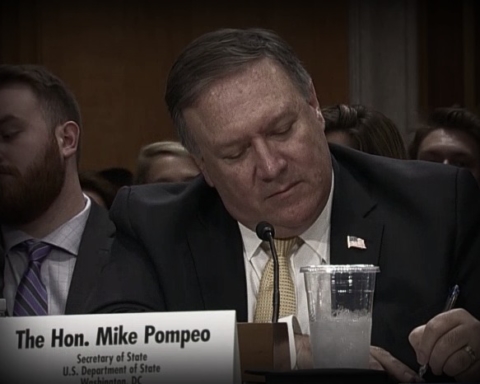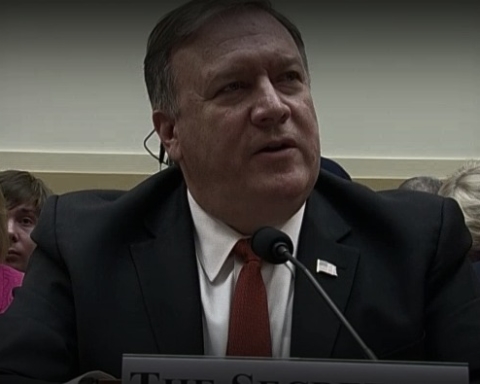The majority of crude oil produced in the US over the next few decades will come from fracked wells, according to a research arm of the Energy Department.
“Tight oil” from the lower 48 states is projected to account for some 60 percent of total oil production between last year and 2040, the Energy Information Administration (EIA) said on Monday.
The agency said that fracking oil production is expected to ramp up to 6 million barrels per day, well into next decade. Output will then plateau around 2025, “as tight oil development moves into less productive areas.”
Production of tight oil—petroleum stored in impermeable rocks—fell to 4.6 million barrels per day in 2016, from 4.87 million in 2015, according to recently released EIA data. The agency projects that output will continue to slide this year, before picking back up again in 2018.
The report concedes that market fluctuations could render the predictions inaccurate. EIA officials said prices around $43 per barrel would see tight oil constitute less than half of US crude output by 2040, while high prices, at more than $200 per barrel, could see future production exceed current expectations by some 5 million barrels per day.
US oil output has declined over the past two years, mirroring a drop in the price of crude petroleum on global markets. Oil went for as high as $110 per barrel in 2014, only to fall to less than $30 per barrel by early 2016. Total petroleum production in the US dropped in 2016—to 8.74 million barrels per day from 9.41 million in 2015.
The price of oil on world markets is currently at around $55 per barrel, up from about $45 in late November.
As Monday’s EIA report noted, much of the country’s tight oil comes from the Bakken region of North Dakota, which the controversial Dakota Access Pipeline is being constructed to serve.
Construction of the pipeline over Lake Oahe has been held up in federal court because the waterway is considered valuable and sacred to the Standing Rock and Cheyenne River Sioux Tribes. District Judge James Boasberg is expected on Monday afternoon to hear arguments in the two tribes’ lawsuit, at a federal court in Washington.
Not long after inauguration, President Donald Trump issued an executive order calling on the US Army Corps of Engineers to expedite the approval process—a move that the Sioux tribes say was illegal.
Before leaving office, the Obama administration had ordered the corps to conduct an environmental impact statement on the Lake Oahe crossing—a review that would take roughly two years to complete.
The amount of fracked oil from all corners of the US has increased dramatically to make-up about half of total national output, up from 2 percent at the turn of the century.
Natural gas has also increasingly come from fracked sources over the past two decades. The EIA reported last year that two-thirds of all forms of the energy was extracted through fracking—up from 50 percent in 2010, and 7 percent in 2000.
Fracking refers to hydraulic fracturing—the process of injecting a mixture of sand and chemical fluids into rock formations, to extract sources of energy. The disposal of wastewater created as a fracking byproduct has been linked to drinking water contamination and earthquakes.
Late last year, the Environmental Protection Agency dropped language in a detailed study that had previously claimed fracking has led to no “widespread, systemic impacts” on US water supplies.
The reversal came after American Public Media and Marketplace revealed that the EPA decided “at the eleventh hour” to include the language about at the lack of “widespread, systemic impacts.”
“Earlier drafts of the executive summary [had] also strongly suggested fracking has led to water contamination in some places,” APM noted.







